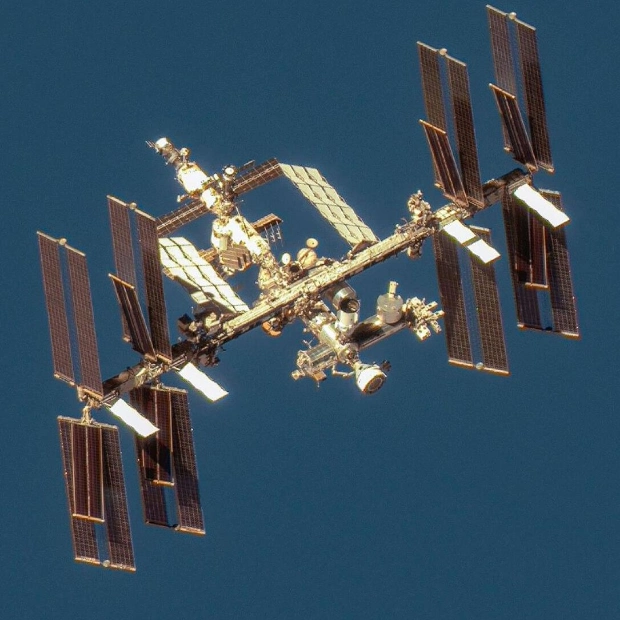Experts at the National Centre of Meteorology (NCM) predict that the UAE will experience increased rainfall during the evening of June 17 (Monday). Additionally, the southeastern region of Abu Dhabi witnessed rainfall on Sunday. The NCM's weather bulletin noted, 'Low clouds are anticipated along the Eastern coast, potentially developing into convective clouds by afternoon, leading to rainfall in certain Eastern and Southern areas on Monday.' On the first day of Eid Al Adha, the UAE recorded its highest temperature this year, hitting 49.4°C in Sweihan (Al Ain) at 2:45pm. Weather experts anticipate more rainfall and occasional hailstorms as summer progresses.
As the UAE approaches the third week of June, it will enter 'astronomical summer' by the end of this week. The summer solstice, marking the official start of the season, occurs when one of Earth's poles tilts closest to the Sun, making June 21 the longest day of the year. Dr. Ahmed Habib, a climate expert from the NCM, explained to Khaleej Times that 'air temperatures will rise over most areas, with an approximate increase of 2-3°C from May.' After June 21, daylight gradually decreases, initially by seconds to minutes daily, becoming more pronounced by July and August, and accelerating during the autumnal equinox in late September.
The summer solstice, typically on June 21, can vary slightly due to the Earth's orbit not aligning perfectly with the calendar year, sometimes occurring on June 20, 21, or 22. The most intense phase of summer in the UAE usually starts in mid-July and lasts until the end of August, with high temperatures and humidity up to 90%. Dust storms may also occur during this period. The UAE's summer officially lasts from June to September, astronomically ending on September 22. The appearance of the Suhail star in the third week of August signals the transition to autumn, offering relief from the intense summer heat.






